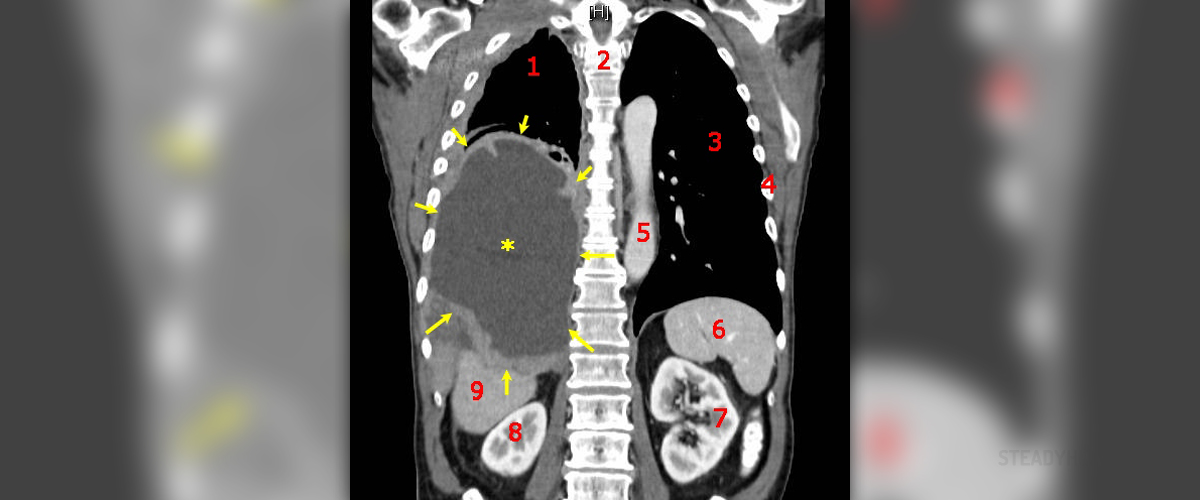
Mesothelioma
Mesothelioma is a cancer of mesothelium, which is the lining around the heart, lungs or abdomen. This rare type of cancer is usually caused by the exposure to asbestos. Asbestos fibers can’t be seen because of the small size, but inhaling or ingesting them for a long period of time can cause cell mutation and lead to mesothelioma cancer.
There are different types of this cancer, depending on the type of tissue that mutated into cancer. If it was lining of the lungs – pleura, it is pleural mesothelioma. If the lining surrounding the heart that mutated then it is pericardial cancer and, if it the lining of the stomach – it is peritoneal mesothelioma.
The most common is pleural mesothelioma and almost 80% of all diagnosed cases are pleural cancers or lung mesothelioma. About 10 to 20% are peritoneal and just a small percent of the patients have pericardial mesothelioma.
The treatment usually consists of the combination of chemotherapy, radiation or surgical procedures, and the doctors decide on the stage of the cancer, and also patients’ age and health condition. Most commonly, patients undergo a surgery, then radiation and after that chemotherapy.
Staging
The first step is to establish the extent of the cancer, by doing several scans (X rays, CT, MRI and/or PET). Depending on the stage of the cancer, a specialist can decide how to treat the mesothelioma.
There are three different staging of the pleural mesotheliomas: Butchart, TNM and Brigham staging systems.
Butchart Staging System
Butchart is the oldest staging system of mesothelioma. There are 4 stages of the cancer, according to the Butchart staging, depending on the extent of the tumor.
Stage 1 – cancer cells are located in the pleura and sometimes in the lung, pericardium or diaphragm, but all are on the same side of the chestStage 2 – cancer cells are present on the both sides of the esophagus, heart, pleura or the lymph nodes.Stage 3 – cancer spreads into the peritoneum or other lymph nodes in the body.Stage 4 – cancer cells are in the bloodstream and affect distant tissues and organs.TNM Staging System
TNM stands for Tumor, Nodes and Metastasis and is similar to Butchart system, but more detailed than Butchart.
The stages of TNM system are similar to Butchart system, and the difference is that in stages 1, 2 and 3, the cancer is located on the same side of the body as the primary tumor. Stage 4 of the TNM system also includes metastasis of the cancer cells through the blood to distant organs.
Brigham Staging System
This is the newest staging system for mesothelioma, and the stages include lymph node status and the possibility of resecting the tumor surgically.
Stage 1 – cancer hasn’t affected the lymph nodes and the tumor is resectable.Stage 2 – mesothelioma affected lymph nodes and cancer is still possible to be treated surgically.Stage 3 – mesothelioma affected the heart, diaphragm, chest wall and abdomen. Lymph nodes might be but aren’t necessarily affected, but in this stage tumor is no longer resectable.Stage 4 – tumor spread to distant organs and tissues and can’t be surgically removed.
















Your thoughts on this
Loading...